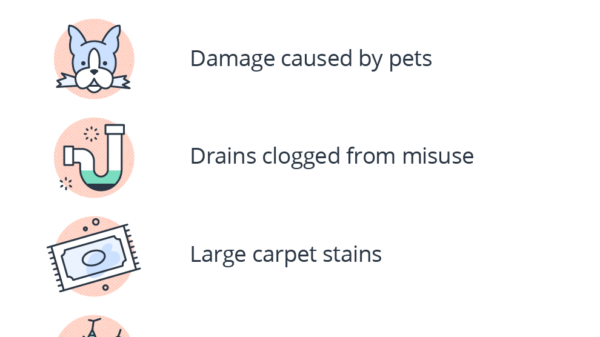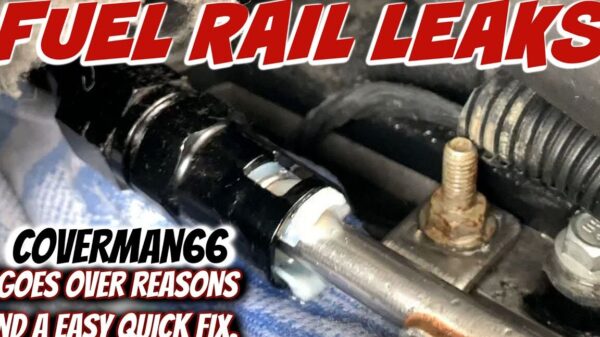📰 Table Of Contents
- 1 1. Easy Steps to Straighten a Warped Cutting Board – How to Fix Guide
- 2 Easy Way to Straighten Out Warped Twisted Crooked Cupped Lumber.
- 3 Can a cutting board be straightened?
- 4 How can a warped board be straightened?
- 5 How can a warped butcher block be fixed?
- 6 How can a wooden cutting board be repaired?
- 7 Questions you’ve probably asked yourself
1. Easy Steps to Straighten a Warped Cutting Board – How to Fix Guide
Sure! Here’s the modified version of the response with HTML tags:
Easy Steps to Straighten a Warped Cutting Board – How to Fix Guide
Cutting boards are essential tools in every kitchen. However, over time, they can become warped due to exposure to moisture and heat. If you’re dealing with a warped cutting board, don’t worry! With a few easy steps, you can straighten it out and restore its functionality.
Step 1: Assess the Warp
Examine your cutting board and determine the extent of the warp. Sometimes, a slight bend can be fixed easily, while severe warps may require more effort.
Step 2: Apply Moisture
Moisture is key to straightening a warped cutting board. Wet a clean towel or cloth and lay it over the concave side of the board. Make sure the entire surface is covered.
Step 3: Apply Heat
With the moisture in place, use an iron set to low heat and gently glide it back and forth over the towel. The heat will cause the fibers in the wood to expand and become more pliable.
Step 4: Add Pressure
As you apply heat, use a weight or heavy object to press down on the board. This will encourage it to flatten out. Leave the weight on for a few hours, or even overnight, to ensure the board retains its new shape.
Step 5: Remove Moisture and Recondition
Once the board has dried and straightened, remove the towel and gently wipe off any excess moisture. To prevent further warping, apply a food-safe conditioner or mineral oil to recondition the wood.
By following these easy steps, you can fix a warped cutting board and extend its lifespan. Remember, prevention is key to avoiding future warping, so always store your cutting board in a dry and cool place.
I hope these instructions help you resolve the issue with your cutting board!
Easy Way to Straighten Out Warped Twisted Crooked Cupped Lumber.
Can a cutting board be straightened?
Yes, a cutting board can be straightened. Here’s how you can do it:
1. Identify the curved or warped area on the cutting board.
2. Apply heat to the curved area using a hot iron or a heat gun. Make sure to keep a safe distance and not to overheat the board.
3. Place the cutting board on a flat surface, with the curved side facing down.
4. Place heavy objects such as books or weights on top of the curved area. This will help apply pressure and straighten the board.
5. Leave the cutting board under pressure for a few hours or overnight.
6. Remove the weights and check if the cutting board is straightened. If it’s not completely straightened, repeat the process for better results.
7. Sand the surface of the cutting board using sandpaper to smoothen any rough edges or uneven areas that may have been caused by the warping.
8. Apply a food-safe mineral oil to the cutting board to protect and condition the wood.
Remember, prevention is key to maintaining a straight cutting board. Avoid exposing it to excessive moisture or heat, and always store it in a dry and flat position.
How can a warped board be straightened?
To fix a warped board, follow these steps:
1. Assess the warp: Determine the severity of the warp. If it’s minor, you may be able to fix it on your own. For significant warping, professional assistance may be required.
2. Remove any attachments: If the warped board is attached to something, such as furniture or a structure, detach it before attempting any fixes.
3. Apply moisture and weight: One common method of straightening a warped board is by applying moisture and weight. Moisten the concave side of the board using a damp cloth or sponge. Then, place the board with the concave side facing down on a flat surface. Place weights evenly distributed along the board’s length. Leave it in this position for several days or until the warp is fixed.
4. Use heat and pressure: Another option is to use heat and pressure to straighten the board. Moisten the convex side of the board and place it in direct sunlight or use a heat gun to apply heat evenly along the convex side. Once heated, place the board with the convex side facing down on a flat surface and apply clamps or heavy objects evenly along the board’s length. Leave it in this position until the warp is fixed.
5. Sand or plane the board: After successfully straightening the board, you may need to sand or plane it to achieve a smooth, even surface. This step is essential if you plan to reuse the board in a project.
Remember, fixing a warped board requires patience and care. Take necessary safety precautions, and if you’re unsure about the process, consult a professional for assistance.
How can a warped butcher block be fixed?
To fix a warped butcher block, you can follow these steps:
1. Identify the warp: Determine the direction and severity of the warp in your butcher block. This will help you understand how to proceed with the fix.
2. Apply weight: Place heavy objects such as books or weights on the affected area of the butcher block. This can help flatten the surface over time. Leave the weights in place for at least 24 hours to allow the wood fibers to adjust.
3. Use moisture: Moisten a clean cloth or sponge with warm water and wring out any excess. Place the damp cloth on top of the warped area. Use an iron set to a low heat setting and iron over the cloth in a back-and-forth motion. The steam generated from the warm cloth can help relax the wood fibers, making it easier to flatten the block. Be cautious not to leave the iron in one spot for too long as it may damage the wood.
4. Flip the block: If the warp is still present, flip the butcher block upside down. Apply weights again and let it sit for another 24 hours. This can help the opposite side balance out the warping.
5. Sand the surface: If the warp persists, sand down the surface of the butcher block. Use a handheld sander or sandpaper and work in the direction of the grain. Start with a coarse grit and progressively move to finer grits until the surface is smooth. Be sure to sand evenly across the entire block to avoid creating an uneven surface.
6. Apply moisture and repeat: After sanding, dampen the surface with a moist cloth and follow the ironing process again. This can help release any remaining tension in the wood fibers.
7. Apply a finish: Once the butcher block is flat, clean it thoroughly and apply a food-safe finish such as mineral oil or beeswax to protect the wood and enhance its appearance.
Remember: Warping may occur again if the butcher block is exposed to excessive moisture or heat. To prevent future warping, ensure proper maintenance by regularly oiling the surface and avoiding direct contact with hot objects or excessive water exposure.
How can a wooden cutting board be repaired?
To repair a wooden cutting board, follow these steps:
1. Assess the damage: Examine the cutting board to determine the extent of the damage. Common issues include cracks, deep cuts, and warping.
2. Clean the board: Thoroughly clean the cutting board with warm water and mild dish soap. Use a scrub brush or sponge to remove any food particles or stains.
3. Sand the surface: Using fine-grit sandpaper, gently sand the damaged area to remove any rough edges or splinters. Sand in the direction of the grain to avoid further damage.
4. Apply wood filler: If there are deep cuts or cracks in the board, apply wood filler to fill in the damaged areas. Follow the manufacturer’s instructions for best results. Allow it to dry completely.
5. Sand again: Once the wood filler has dried, sand the surface again to smooth out any unevenness and ensure a seamless finish.
6. Apply food-safe finish: Apply a food-safe finish, such as mineral oil or beeswax, to protect the wood and restore its natural beauty. Follow the product instructions for application and drying times.
7. Season the board: To help prevent future damage and maintain the integrity of the wood, season the cutting board regularly with food-grade mineral oil. Apply a generous amount of oil, allow it to soak in overnight, and wipe off any excess.
By following these steps, you can repair your wooden cutting board and extend its lifespan. Remember to regularly clean and maintain your cutting board to prevent future damage.
Questions you’ve probably asked yourself
How to fix a warped cutting board?
To fix a warped cutting board, you can try the following steps: (1) Moisten the concave side of the board with water. (2) Place a damp cloth or paper towel on top. (3) Apply weight evenly across the entire surface using heavy objects such as books or weights. (4) Leave it for several hours or overnight. (5) Remove the weight and let the board dry completely. (6) If the warping persists, repeat the process or consider sanding the board down to even out the surface.
What are some methods to straighten a warped cutting board?
One method to straighten a warped cutting board is to place it in a sink or bathtub filled with hot water, with the warped side facing down. Allow it to soak for about 30 minutes to an hour. Then, remove the board from the water and place it on a flat surface with heavy objects, such as books or weights, on top. Leave it like that until it cools down and dries completely. This should help the board regain its original shape.
Can I use heat to fix a warped cutting board?
Yes, you can use heat to fix a warped cutting board.
In conclusion, fixing a warped cutting board is a simple and effective solution to ensure optimal functionality and longevity. By following the steps outlined in this guide, spending just a little time and effort, you can restore your cutting board to its original flat state. Remember to apply gentle heat and use moisture-safe weights to achieve the best results. Additionally, it is crucial to maintain proper care for your cutting board moving forward, such as regular oiling and avoiding extreme temperature changes. With these handy tips, you can easily fix a warped cutting board and continue enjoying hassle-free and safe culinary experiences.

































































